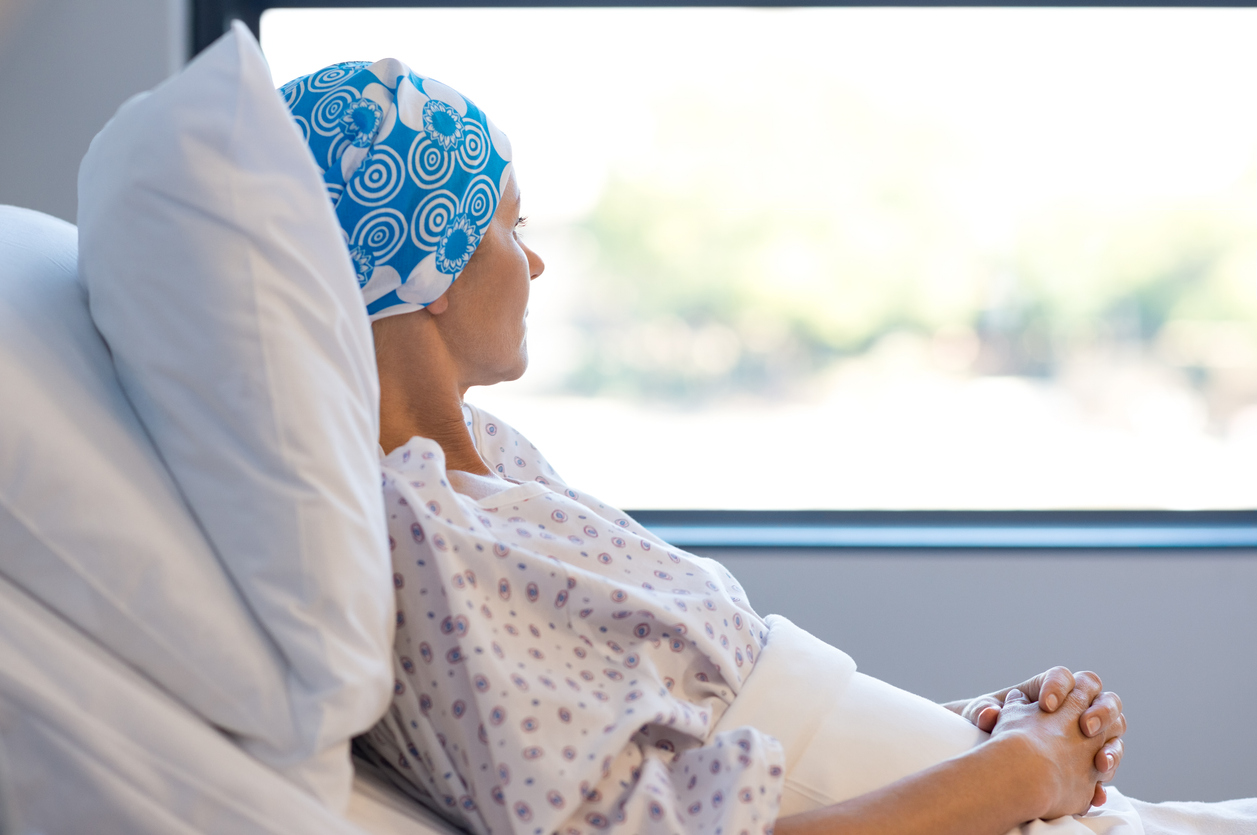2025-10-21
Triple-negative breast cancer: can spatial and single-cell profiling predict response to immunotherapy and radiation?
Oncology
By Lila Rouland | Published on October 21, 2025 | 3 min read
Triple-negative breast cancer (TNBC), lacking hormonal and HER2 receptors, represents an aggressive and heterogeneous subtype. Immune checkpoint inhibitors (ICIs), such as pembrolizumab, have recently shown therapeutic potential; however, only about 20% of metastatic patients respond to monotherapy. This highlights the urgent need for predictive biomarkers and more effective combination strategies.
This study aimed to decipher the spatial and cellular immune dynamics underlying response to pembrolizumab and neoadjuvant radiation therapy (RT). Using single-cell RNA sequencing (scRNA-seq) and spatial proteomic mapping (CODEX) on longitudinal biopsies, the authors identified three distinct response trajectories in patients with TNBC.
Study Design
The clinical trial (NCT03366844) enrolled 50 newly diagnosed TNBC patients. The protocol included two cycles of pembrolizumab, the second combined with focal radiotherapy (24 Gy in 3 fractions), followed by standard treatment (chemotherapy and surgery). Biopsies were performed before treatment, after pembrolizumab alone, and after the pembrolizumab + RT combination.
Among the 34 patients with complete follow-up, 67% responded to treatment (pCR or RCB score 0–1). Immunological data revealed three trajectories:
R1: Early responders (pre-immunized phenotype)
This group is characterized by:
These patients exhibit an “inflamed” phenotype with pre-existing immunity and respond to pembrolizumab alone, with no clear additional benefit from radiotherapy (RT).
R2: Late responders (radiation-induced immunity)
Initially similar to non-responders, these tumors develop a strong immune response only after the pembrolizumab + RT combination:
This profile corresponds to an “excluded” phenotype — refractory to ICI alone but activated by RT, which enhances antitumor immunity.
NR: Non-Responders (Immune-Ignored Phenotype)
This group is characterized by:
Their immunologically silent (“ignored”) phenotype remains refractory to all tested treatment combinations.
This study demonstrates that TNBC is not immunologically uniform. Two response profiles can be observed:
Finally, the murine model confirmed the synergistic potential of RT and pembrolizumab in activating differentiated CD8+ T cells and MHC-II+ macrophages, supporting the clinical translation of these observations.
Perspectives: integrate these data to stratify patients — considering chemotherapy de-escalation in R1 or targeted intensification in R2. The future lies in personalized immuno-spatial medicine.
About the author – Lila Rouland
Doctor of Oncology, specialized in Biotechnology and Management
With dual expertise in science and marketing, Lila brings her knowledge to the service of healthcare innovation. After five years in international academic research, she transitioned into medical and scientific communication within the pharmaceutical industry. Now working as a medical writer and content developer, she is committed to highlighting scientific knowledge and conveying it to healthcare professionals with clarity and relevance.
Triple-negative breast cancer (TNBC), lacking hormonal and HER2 receptors, represents an aggressive and heterogeneous subtype. Immune checkpoint inhibitors (ICIs), such as pembrolizumab, have recently shown therapeutic potential; however, only about 20% of metastatic patients respond to monotherapy. This highlights the urgent need for predictive biomarkers and more effective combination strategies.
An aggressive subtype in search of new approaches
This study aimed to decipher the spatial and cellular immune dynamics underlying response to pembrolizumab and neoadjuvant radiation therapy (RT). Using single-cell RNA sequencing (scRNA-seq) and spatial proteomic mapping (CODEX) on longitudinal biopsies, the authors identified three distinct response trajectories in patients with TNBC.
How does immunity respond to TNBC? Three trajectories revealed by spatial mapping
Study Design
R1: Early responders (pre-immunized phenotype)
This group is characterized by:
- High lymphocytic infiltration from the outset (high TILs)
- Presence of tertiary lymphoid structures (TLS)
- High MHC I/II expression by tumor cells
- Rapid expansion of effector CD8+ cells after pembrolizumab
These patients exhibit an “inflamed” phenotype with pre-existing immunity and respond to pembrolizumab alone, with no clear additional benefit from radiotherapy (RT).
R2: Late responders (radiation-induced immunity)
Initially similar to non-responders, these tumors develop a strong immune response only after the pembrolizumab + RT combination:
- Recruitment of antigen-presenting macrophages (sc-m11)
- Expansion of effector CD8+ cells (sc-t6)
- Activation of migratory dendritic cells (sc-m7)
- Increased spatial proximity between T cells, macrophages, and tumor cells
This profile corresponds to an “excluded” phenotype — refractory to ICI alone but activated by RT, which enhances antitumor immunity.
NR: Non-Responders (Immune-Ignored Phenotype)
This group is characterized by:
- A persistent lack of immune infiltration
- Low expression of MHC-related genes
- Little to no change in the tumor microenvironment after treatment
Their immunologically silent (“ignored”) phenotype remains refractory to all tested treatment combinations.
Read next: Triple blow, triple clinical challenge
Can immunotherapy be personalized according to the tumor’s spatial profile?
This study demonstrates that TNBC is not immunologically uniform. Two response profiles can be observed:
- A pre-immunized group (R1), responsive to ICI alone
- A “cold” but activatable group (R2), which clearly benefits from the addition of RT
Finally, the murine model confirmed the synergistic potential of RT and pembrolizumab in activating differentiated CD8+ T cells and MHC-II+ macrophages, supporting the clinical translation of these observations.
Perspectives: integrate these data to stratify patients — considering chemotherapy de-escalation in R1 or targeted intensification in R2. The future lies in personalized immuno-spatial medicine.
Read next: TNBC after chemotherapy: can immunotherapy change the game?
About the author – Lila Rouland
Doctor of Oncology, specialized in Biotechnology and Management
With dual expertise in science and marketing, Lila brings her knowledge to the service of healthcare innovation. After five years in international academic research, she transitioned into medical and scientific communication within the pharmaceutical industry. Now working as a medical writer and content developer, she is committed to highlighting scientific knowledge and conveying it to healthcare professionals with clarity and relevance.

Last press reviews
Turner syndrome and autoimmunity: an underestimated association?

By Ana Espino | Published on December 8, 2025 | 3 min read<br>
Could cinnamon become a natural treatment for metabolic syndrome?

By Lila Rouland | Published on December 5, 2025 | 3 min read<br><br>...
Who is afraid of Christmas? Do holidays trigger psychiatric crises?

By Carolina Lima | Published on Décember 4, 2025 | 3 min read